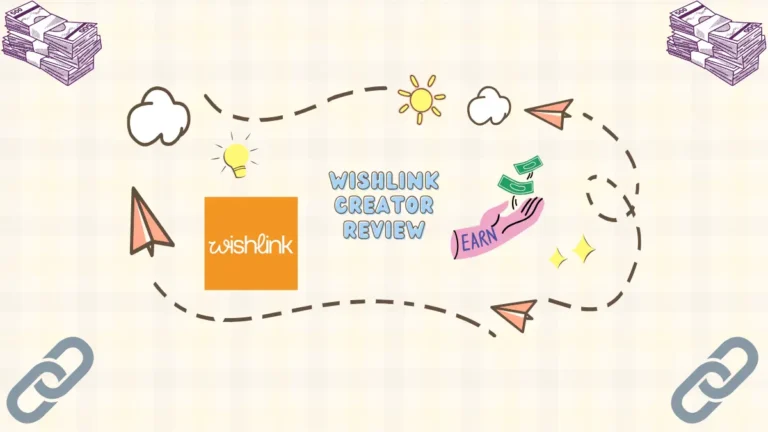For web publishers, it’s essential for them to provide the best customer experience online. With that said, ad monetization is the bread and butter of said publishers. However, many publishers are trying to reach customers with their ads, which might have an individual customer lost in a sea of competition.
Now, cookies are bits of data that get collected when someone browses the Internet and visits sites. Essentially, third-party cookies have been the norm for quite some time. However, with the Internet evolving constantly, third-party cookies are starting to fall off. In other words, the need of online privacy has called for sacrificing third-party cookies altogether. The downside to this is that it leaves web publishers to lose what would’ve been valuable insights on their consumer base.
Fortunately, first-party data is looked at to replace third-party cookies. Essentially, first-party data would be able to do the following for web publishers:
- Provide complex behavioral modeling
- Provide simple site retargeting
- Simplify digital advertising, etc.
Why First-Party Data?
“Technology has evolved over the years, especially when it comes to the World Wide Web,” says Alex Warren, a project manager at Huffington post. “So, with the digital landscape growing and changing, it’s important for web publishers to be on top of first-party. The reason why publishers should shy away from third-party data is because of their outdated-ness, and their lack of concern for online privacy.”
Leveraging First-Party Data
So, with first-party data being the new prize for web publishers, how can they prepare for this change?
Here are 5 ways that web publishers can get on the ball with implementing first-party data in the customer experience:
1. Research!
First and foremost, web publishers need to do plenty of research for their first-party data study. Research is important for a number of reasons:
- It helps web publishers stay in the loop for any changes or demands in the online realm.
- The web is always evolving.
- People are always going online for anything and everything.
2. Allow Multiple Customer Insights
Web publishers must also realize that no two customers are alike. In fact, all customers are different in the eyes of the Internet. However, for the most valuable in that pool of users, that group should be prioritized by publishers. Though, no matter what groups publishers prioritize, there needs to be multiple insights that are being studied.
So, when studying multiple insights, web publishers must take into account the following:
- Survey data
- Advertising data
- Elements that drive advertising traffic, etc.
3. Test Possible Solutions
Like anyone else who works on the Internet inside and out, web publishers must test any solutions that might or might not work. Using a tried-and-true strategy, publishers should gather first-party data, and then weight the possible outcomes.
When gathering data, you should do the following:
- Combine information from any possible direction
- Take advantage of all sorts of intel, AND
- Use the right tools to do the job with.
“As you test solutions, you may want to allow for inventory trials, so that you can change your strategy, if need be,” adds Taylor.
4. Personalize Customer Experience
Finally, personalization is the currency of the online realm. That means that in order for companies to reach out to consumers, they have to step into their shoes. When publishers prioritize first-party data, they can learn more about their consumers by:
- Focusing on newer alternatives
- Holding multiple conversations with their audiences
- Catering to unique aspects of their consumers, AND
- Looking at multiple value propositions
Conclusion
Ultimately, first-party data is a stepping stone for web publishers to continue improving the Internet. As first-party data continues to be prioritized, leaving third-party data in the dust, web publishers can get smarter in the online realm, and better improve the customer experience for all.
Read more: What is Data Aggregation? How does it benefit businesses?



